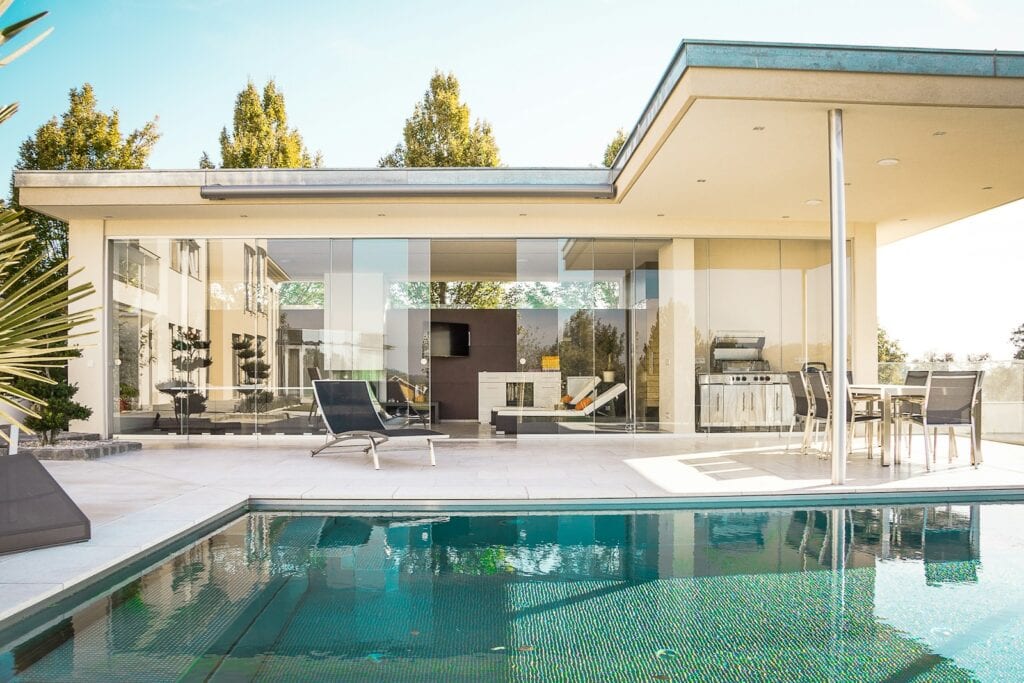Get Expert Financing
- Matched with investor-friendly lenders
- Fast pre-approvals-no W2s required
- Financing options fro rentals, BRRRR, STRs
- Scale your portfolio with confidence
The mortgage landscape has dramatically shifted as traditional employment models evolve. Non-QM (Non-Qualified Mortgage) loans now represent a crucial financing solution for millions of Americans who don’t fit conventional lending criteria. With approximately 5% of all mortgage originations now consisting of Non-QM loans as of 2025, this growing segment serves self-employed individuals, gig workers, real estate investors, and other borrowers with non-traditional income streams.
This comprehensive guide explores how Non-QM loan programs provide flexible pathways to homeownership for those who fall outside standard qualification parameters, offering hope where traditional mortgages fall short.
Non-QM loans represent a fundamental shift from the rigid underwriting standards established after the 2008 financial crisis. Unlike Qualified Mortgages (QM) that must meet strict Consumer Financial Protection Bureau (CFPB) guidelines, Non-QM loans offer lenders flexibility in evaluating borrowers based on their unique financial circumstances rather than standardized metrics.
The driving force behind Non-QM growth stems from America’s changing workforce. Nearly 1 in 5 independent professionals now earns over $100,000 annually, yet many struggle to secure traditional financing due to irregular income documentation. These loans fill the critical gap between borrower capability and lender requirements.
Bank statement loans serve self-employed borrowers who cannot provide traditional W-2 documentation. Lenders evaluate 12-24 months of business or personal bank statements to determine income patterns, typically requiring 10-20% down payments with credit scores above 620.
Designed for real estate investors, DSCR loans qualify borrowers based on rental property income rather than personal earnings. These loans require minimum DSCR ratios of 0.75, meaning rental income must cover at least 75% of the mortgage payment. Down payments typically start at 20%, with loan-to-value ratios up to 80%.
Asset depletion loans cater to borrowers with substantial liquid assets but limited monthly income, such as retirees or high-net-worth individuals. Lenders calculate qualifying income by dividing total assets by the loan term, often requiring 20% or higher down payments.
These products offer flexible payment structures for borrowers with fluctuating cash flows. Some may include balloon payments or adjustable rate features, requiring careful evaluation of long-term affordability and exit strategies.
Non-QM loans must comply with the Ability-to-Repay (ATR) rule under the Truth in Lending Act. Unlike QM loans with safe harbor protections, Non-QM lenders must demonstrate “reasonable and good faith determination” that borrowers can repay their loans. This creates both opportunity and responsibility for lenders.
Recent CFPB enforcement actions highlight the importance of thorough documentation and realistic underwriting. Lenders cannot rely on “unreasonable, implausible, or unrealistic” income calculations, making proper verification crucial for regulatory compliance.
| Benefit | Traditional QM | Non-QM |
|---|---|---|
| Income Documentation | W-2, paystubs required | Bank statements, alternative docs accepted |
| Debt-to-Income Limits | Strict 43% maximum | Flexible, case-by-case evaluation |
| Credit History | Standard reporting required | Alternative credit evaluation possible |
| Loan Terms | Standardized features | Customizable payment structures |
Non-QM loans excel at serving borrowers with complex financial profiles. Seasonal workers, commission-based professionals, and entrepreneurs benefit from income evaluation methods that consider earning patterns rather than snapshot documentation.
Non-QM loans typically carry interest rates 0.5-2 percentage points above conventional mortgages due to increased lender risk. With average 30-year fixed rates around 6.72% in 2024, Non-QM borrowers often face rates exceeding 7-8%.
Additional risks include:
Non-QM loans serve diverse borrower segments:
Self-Employed Professionals: Business owners, freelancers, and independent contractors who struggle with traditional income verification find Non-QM loans particularly valuable for demonstrating earning capacity through bank statement analysis.
Real Estate Investors: DSCR loans enable property investors to qualify based on rental income potential rather than personal debt-to-income ratios, facilitating portfolio growth strategies.
High-Net-Worth Individuals: Asset depletion loans help borrowers with substantial wealth but irregular income streams, including retirees transitioning from employment to investment income.
Foreign Nationals: International buyers often lack U.S. credit history but possess substantial assets or global income that Non-QM underwriting can accommodate.
Successful Non-QM borrowing requires careful preparation and realistic expectations. Borrowers should maintain detailed financial records, including bank statements, asset documentation, and business records extending back 12-24 months.
Credit score optimization remains important, as higher scores can significantly improve terms and reduce costs. Most Non-QM programs require minimum scores of 620, though some products accept lower scores with compensating factors.
Down payment preparation is crucial, as most Non-QM loans require 15-25% down payments. Building substantial reserves demonstrates financial stability and improves approval odds.
Non-QM loans represent powerful tools for achieving homeownership when traditional financing falls short. However, their complexity demands careful evaluation and expert guidance to ensure long-term financial success.
Working with experienced Non-QM specialists helps borrowers navigate program requirements, optimize application strategies, and secure favorable terms. The right guidance transforms complex qualification challenges into successful homeownership outcomes.
Explore Your Non-QM Options Today
Non-QM loans typically require 30-45 days for approval due to alternative documentation review, though some lenders offer expedited processes for well-documented applications.
Yes, borrowers can refinance to conventional loans once they meet traditional qualification standards, potentially reducing rates and improving terms.
PMI requirements vary by lender and loan-to-value ratio. Many Non-QM programs avoid PMI with 20% down payments, while others offer built-in coverage.
Our advice is based on experience in the mortgage industry and we are dedicated to helping you achieve your goal of owning a home. We may receive compensation from partner banks when you view mortgage rates listed on our website.


